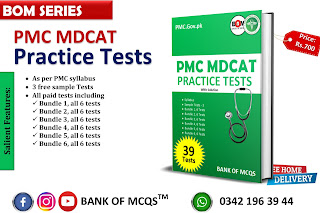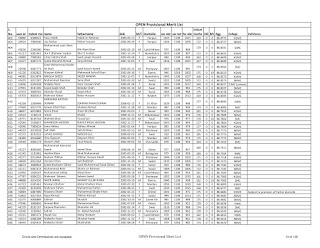CHAP NO.3 THEORIES OF COVALENT BOND AND SHAPES OF MOLECULES
1.
|
Which
one of the following is not possible
a.
Cl2
b.
He2
c.
O2
d.
N2
|
B
|
2.
|
Choose
correct about occupying space
a.
Lone pair- lone pair > lone pair-bond pair > bond pair Bond pair
b.
Lone pair- lone pair < lone pair-bond pair < bond pair Bond pair
c.
Lone pair- lone pair > lone pair-bond pair < bond pair Bond pair
d.
Lone pair- lone pair < lone pair-bond pair > bond pair Bond pair
|
B
|
3.
|
Which
one of the following is angular sturucture
a.
BeCl2
b.
BF3
c.
SnCl2
d.
CH4
|
C
|
4.
|
Trigonal
structure is that of
a.
SnCl2
b.
CH4
c.
NH3
d.
H2O
|
C
|
5.
|
Which
one of the following has resonance structure
a.
Benzene
b.
Ozone
c.
1-3 Butadiene
d.
All of these
|
D
|
6.
|
The
bond energy of resonance hybrid
a.
Is equal to calculated value
b.
Is less than calculated value
c.Is
more than calculated value
d.
Resonance has no energy
|
B
|
7.
|
The
bond in HCl is
a.
s-s
b.
s-p
c.
p-p
d.
pi bond
|
B
|
8.
|
hybridization
was introduced by
a.
Ingold
b.
Heisenberg
c.
Pauling and Slatter
d.
Non of these
|
C
|
9.
|
Which
one of the following is hybridization of sp2
a.
Methane
b.
Ethane
c.
Ethane
d.
Propyne
|
C
|
10.
|
Oxygen
have paramagnetic property according to
a.
Valence bond theory
b.
Valence shell electron pair repulsion theory
c.
Molecular orbital theory
d.
Non of these
|
B
|
11.
|
Molecule
is stable if
a. nb = na
b.
nb < na
c.
nb > na
d.
non of these
|
C
|
12.
|
The
bond energy for one chlorine atom is about…… KJ per mole
a.
436 kj
b.
36.21 x 10-21
c.
55.94 x 10-23
d.
72.39 x 10-23
|
B
|
13.
|
If
electronegativity value between two atoms is between 0.9-1.7, then the bond
is
a.
Covalent character
b.
Ionic bond
c.
Polar with some ionic character
d.
Non of these
|
C
|
14.
|
The
relation between Debye to SI unit is
a.
1D = 3.34 x 10-30 Cm
b.
1Cm = 3.34 x 10-30 D
c.
1D = 3.34 x 1030 Cm
d.
1D = 3.34 x 10-33 Cm
|
A
|
15.
|
Percentage
of ionic character
a.
(μobserved / μionic ) x 10
b.
(μionic / μobserved) x 10
c.
(μobserved / μionic ) x 100
d.
(μionic / μobserved) x 100
|
C
|
16.
|
The
structure water is
a.
Linear
b.
Angular
c.
Triangular
d.
All of these
|
B
|
17.
|
Which
one of the following is true for covalent and ionic bond,
a.
Reaction of covalent are slow than ionic
b.
Reaction of covalent are fast than ionic
c.
Covalent and ionic character have same speed of reaction
d.
Covalent compound do not react
|
A
|
18.
|
Bond
is formed because an atom
a.
Tend to lose electron
b.
Tend to gain electron
c.
Tend to complete its octet
d.
All of the above
|
D
|
19.
|
Bond
formation between atoms
a.
Increase energy and decrease stability
b.
Decrease energy and increase stability
c.
Increase energy and increase stability
d.
No change in energy
|
B
|
20.
|
Which
atom has zero dipole moment
a.
NH3
b.
NF3
c.
BF3
d.
H2O
|
C
|
21.
|
Species
in which the central atom uses sp2 hybrid orbitals in its bonding
a.
PH3
b.
NH3
c.
CH3+
d.
SbH3
|
C
|
22.
|
Carbon
monoxide molecules …… covalent bonds
a.
1
b.
2
c.
3
d.
4
|
B
|
23.
|
The
lattice energy of ionic compounds are
a.
Low
b.
High
c.
Zero
d.
None
|
B
|
24.
|
Which
one of the following have greater additional bond energy?
a.
XF
b.
XCl
c.
XBr
d.
XI
|
A
|
25.
|
The
bond will be covalent if E>N difference is
a.
Less than 0.9
b.
Greater than 1.7
c.
Is in between 0.9-1.7
d.
Greater than 1.9
|
A
|








Comments
Post a Comment